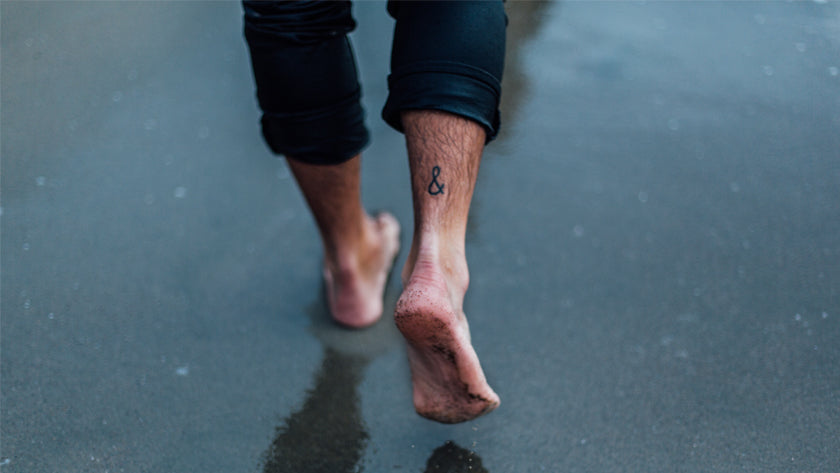
What happens when your feet get wet and cold?
Temperature changes always bring challenges, and now that winter has started, we must protect our feet from the cold, rain, humidity, and other factors to which we expose them during this time of the year. Would you like to know how? Keep reading!
Believe it or not, these winter months also bring complications such as foot fungus, calluses, and plantar warts, rubbing, and others. But first, let's understand how these problems appear:
Effects of cold and rain on your feet
In simple words, the cold causes the blood vessels in our feet to compress, which makes it hard for blood to flow. Our feet are very distant from the heart, and in this case, they will not receive the arrival blood flow as quickly and fluidly as in other body parts.
In people who already suffer from pathologies or circulatory problems, this blood supply lack is even higher. But there are other conditions such as eczema, dermatitis, or the much-feared chilblains (inflammation and reddening of the skin that appears as a result of a sudden drop in temperature and causes intense itching and burning in the skin area where it is localized.)
Protecting your feet from the cold and rain
In this context, at Imperial Feet, we would like to add to the advice given by numerous podiatrists to protect your feet from the cold and rain. Take note:
-
Use socks made of natural fibers and materials such as wool or cotton to protect your feet from moisture and cold. Make sure they are not too tight.
-
If you spend a lot of time sitting or standing, try to massage your feet and make circular movements. It will maintain the optimum temperature of your feet for a longer time.
- Do not expose your feet to direct heat sources (stoves, heaters, etc.). The sudden change in temperature from cold to heat favors the appearance of foot conditions, such as chilblains.
-
Wear suitable footwear that is comfortable for you. A good piece of advice is to get a waterproof one with a non-slip sole to protect our feet from the cold and rain. We'll avoid slipping and spraining our feet due to the wet ground of the streets.
-
On rainy days, wear waterproof boots to protect your feet from the cold and rain. You'll step without getting your feet wet, and you won't accumulate moisture on your feet throughout the day. Make sure to buy quality wellies and don't wear them every day.
-
If you do winter sports, such as skiing, mountain biking, or snowboarding, use thin socks to allow greater mobility with the special footwear you use. It will prevent the typical blisters, rubbing, or calluses when wearing unsuitable sports shoes. If your podiatrist has recommended the use of customized insoles, you should always use them.
- When you get home, take your shoes off without the risk of catching a cold. Podiatrists recommend this as the best way for your feet to rest and relax after wearing them covered all day.
Enjoy healthy footsteps during the winter months ahead
At Imperial Feet, we have a diverse product line for healing and treating many foot conditions. Click here to learn more about our solutions: https://bit.ly/2ZIRH4v







